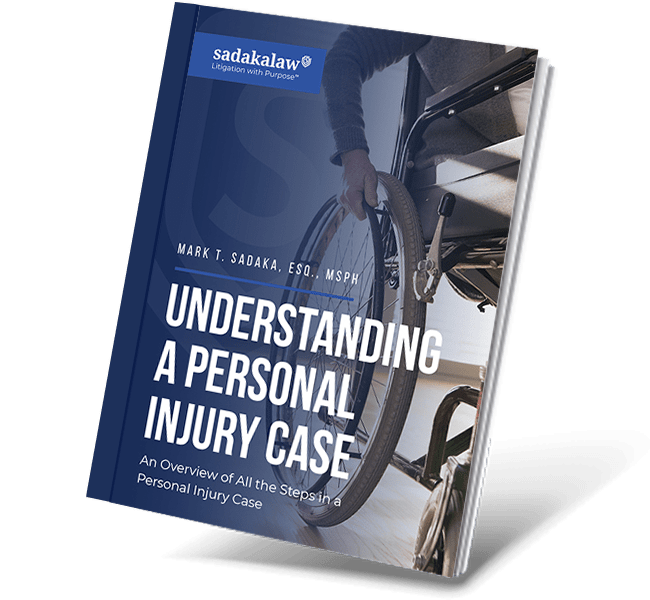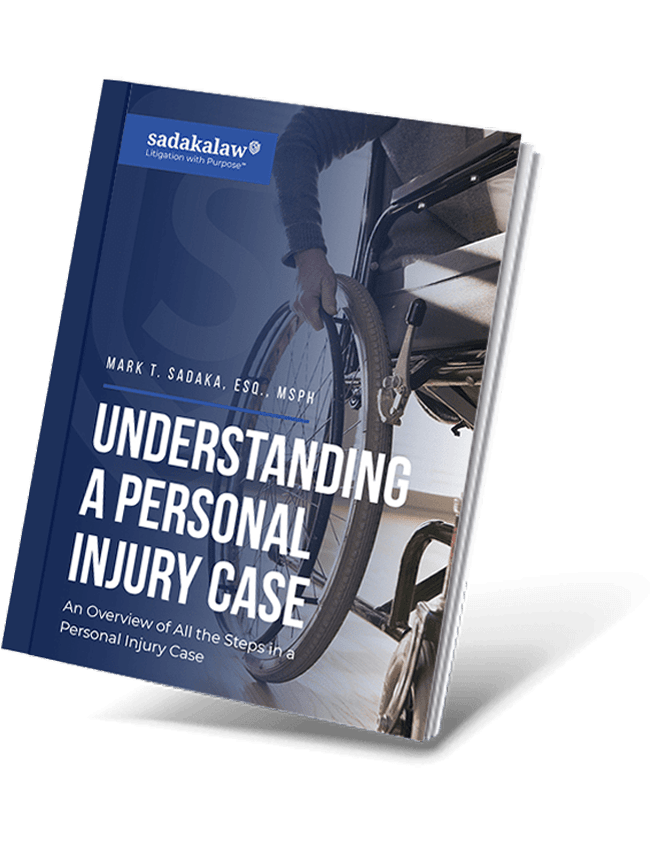 Peripheral vascular disease — also known as peripheral artery occlusive disease and peripheral artery disease — is common circulatory problem in which narrowed arteries reduce blood flow to your limbs.
Peripheral vascular disease — also known as peripheral artery occlusive disease and peripheral artery disease — is common circulatory problem in which narrowed arteries reduce blood flow to your limbs.
PAD causes your extremities – usually the legs – to not receive enough blood flow to keep up with demand, causing notable leg pain while walking. Intermittent claudication symptoms include muscle pain or cramping in the legs or arms, triggered by activity such as walking, but will disappear after a few minutes of rest.
While the severity of intermittent claudication varies widely, from discomfort to debilitating pain, severe intermittent claudication can make it hard for you to walk or perform other types of physical activity, preventing you from doing your job.
Symptoms may include: painful cramping in your hip, thigh or calf muscle after activity; leg numbness or weakness; sores on your toes, feet or legs that won’t heal.
The pain from PAD may occur during rest if the disease progresses.
If peripheral vascular disease is preventing you from doing your job, you may qualify for social security benefits. For the condition to be severe enough to meet the Social Security Administration’s listing the claimant must have: intermittent claudication, and also an inability to see the common femoral or deep femoral artery using arteriography; or intermittent claudication with marked impairment of peripheral arterial circulation as determined by Doppler studies.
Social Security Disability or SSI benefits you receive will depend on how much you worked in the past and earned during that time. In the case of SSI, it depends on each individual’s claim circumstances. Filing an SSI claim for peripheral vascular disease can be complicated. For disabled widows, it depends on how much the spouse earned. For a disabled child, it depends on how much the parent earned.
In order to document your impairment be sufficient in presenting detailed reports of history, physical exams, lab studies and any prescribed treatment and response.
It’s also important for your doctor to assess the severity of your condition and the expected duration of your impairment(s). Records should provide information on your functional status over an extended period of time – illustrating whether your ability to function is improving, worsening or remaining stagnant.
If you are unable to work due to PAD, consult with an experienced disability attorney for a free consultation regarding Social Security Disability Insurance (SSDI) or Supplemental Security Income (SSI) benefits.
A good attorney may be able to help you file for the disability benefits you may deserve.
For more information about ssi eligibility and social security disability, visit the website of Sadaka Associates at www.sadakafirm.com.


